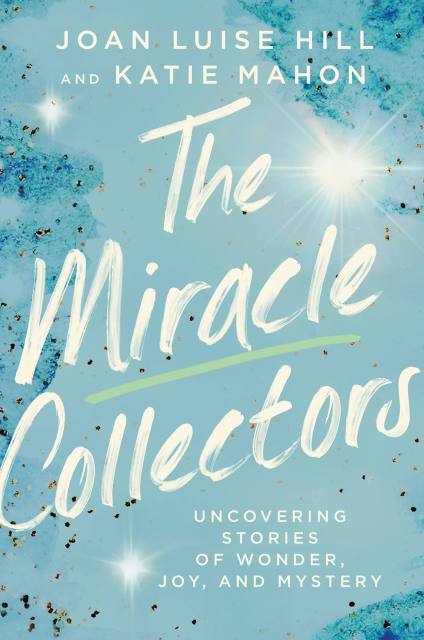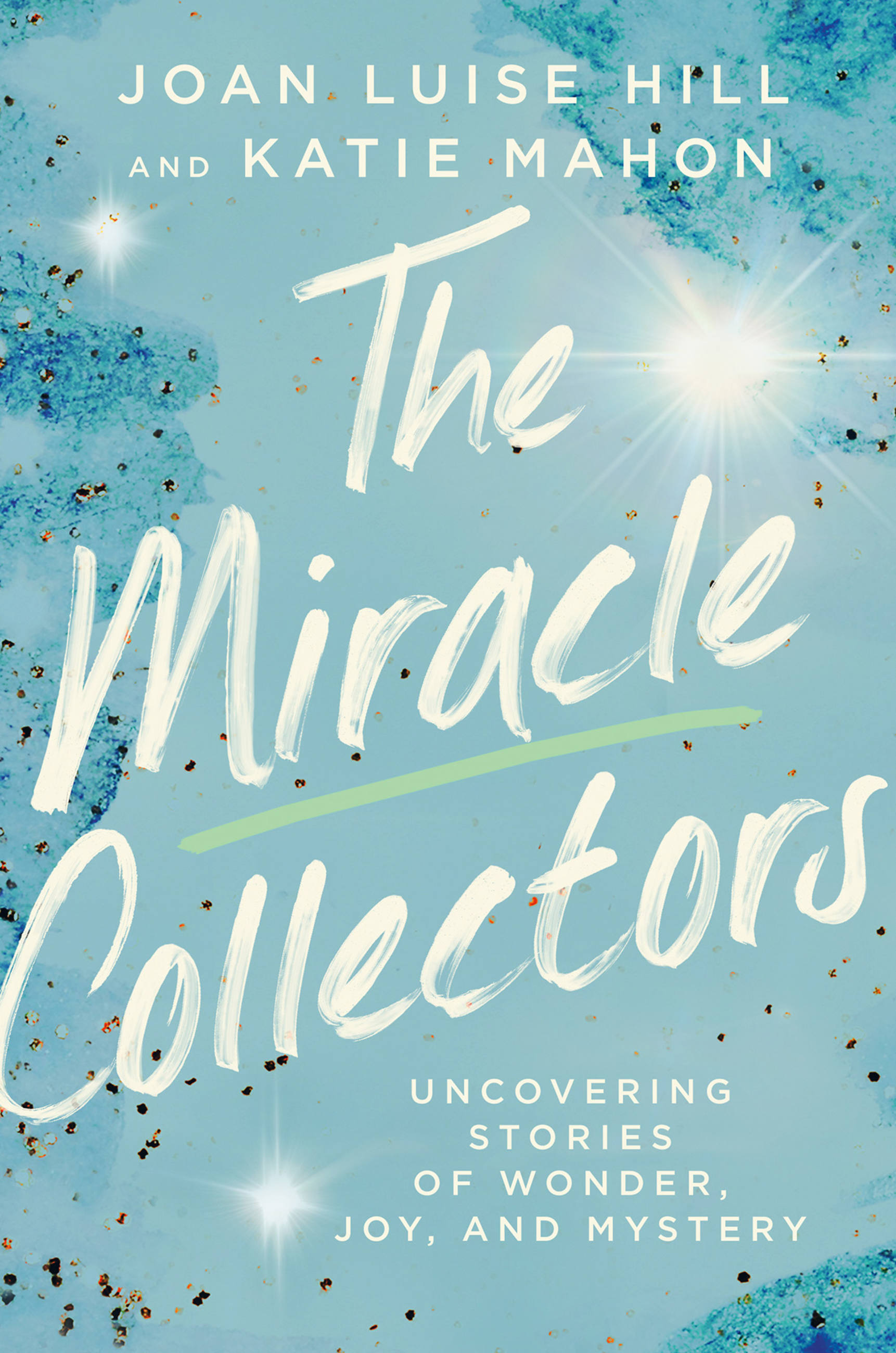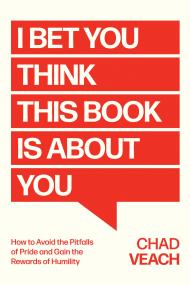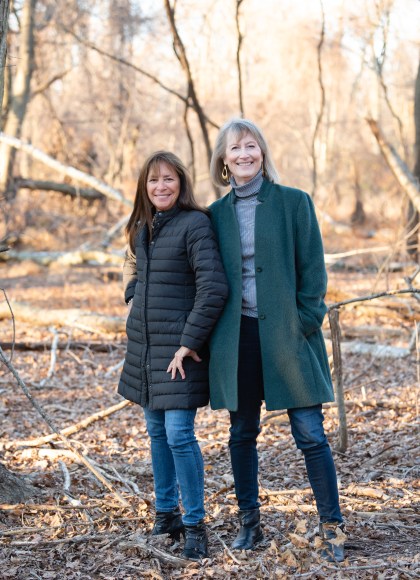By clicking “Accept,” you agree to the use of cookies and similar technologies on your device as set forth in our Cookie Policy and our Privacy Policy. Please note that certain cookies are essential for this website to function properly and do not require user consent to be deployed.
The Miracle Collectors
Uncovering Stories of Wonder, Joy, and Mystery
Contributors
By Katie Mahon
Formats and Prices
Price
$12.99Price
$16.99 CADFormat
Format:
- ebook $12.99 $16.99 CAD
- Hardcover $36.00 $46.00 CAD
- Audiobook Download (Unabridged) $24.98
- Trade Paperback $16.99 $22.99 CAD
This item is a preorder. Your payment method will be charged immediately, and the product is expected to ship on or around March 2, 2021. This date is subject to change due to shipping delays beyond our control.
Also available from:
This eye-opening book will teach you how to step back, examine important moments in your life, and recognize the miracles that are constantly occurring all around you.
As part of their own spiritual quest, miracle experts, Katie Mahon and Joan Luise Hill, discovered that when we are truly awake and present, miracles abound. It started by sharing their own stories which quickly prompted an unexpected outpouring of stories from others. Stories that had never been told, stories that didn't seem to matter, and stories that had been forgotten. While some defy explanation, others invite us to take a closer look, to discover common ground with each other, and to seek meaning in a whole new way.
The stories of courage, forgiveness, gratitude, faith, hope, and love from The Miracle Collectors, allow us to notice and appreciate the miracles that are available to each one of us, while opening us up to a part of the Divine mystery we can absorb and understand.
By using Take a Miracle Moment challenge at the end of every chapter you open the path for your own reawakening of the spirit. Perhaps you too will become a miracle collector.
As part of their own spiritual quest, miracle experts, Katie Mahon and Joan Luise Hill, discovered that when we are truly awake and present, miracles abound. It started by sharing their own stories which quickly prompted an unexpected outpouring of stories from others. Stories that had never been told, stories that didn't seem to matter, and stories that had been forgotten. While some defy explanation, others invite us to take a closer look, to discover common ground with each other, and to seek meaning in a whole new way.
The stories of courage, forgiveness, gratitude, faith, hope, and love from The Miracle Collectors, allow us to notice and appreciate the miracles that are available to each one of us, while opening us up to a part of the Divine mystery we can absorb and understand.
By using Take a Miracle Moment challenge at the end of every chapter you open the path for your own reawakening of the spirit. Perhaps you too will become a miracle collector.
Genre:
-
Miracles happen. But why, where, how, and to whom? That's a bit more mysterious. This lively, charming and inviting new book clears up some of those mysteries by exploring the fascinating stories of miracles that happen in real life. Open this book and have your faith strengthened, challenged, and, most of all, deepened in the God who makes all things possible.James Martin, SJ, author of Learning to Pray and New York Times bestseller The Jesuit Guide To (Almost) Everything.
-
The word “miracle” might bring to mind an image of someone walking on water or jumping out of a wheelchair, but sometimes a miracle occurs when the phone rings at just the right time, or a certain car drives by just when your life depends on it. In my own life, I’ve come to define a “miracle” as a moment when God reveals his presence to me. It turns out I’m not alone. Joan Luise Hill and Katie Mahon—beneficiaries of miracles in their own lives—have done a fantastic job of compiling and sharing these beautiful testimonies that remind us not only how God’s got our back, but he created us to have each other’s backs.Jeannie Gaffigan is a producer, writer, philanthropist, mother of five and a New York Times Bestseller for her book, When Life gives You Pears. She is a founding member and director of TheImagineSociety.org
Today, when the world is reeling from the destructive forces of the global pandemic and unjust racial, social and economic inequality, The Miracle Collectors could not have come at a better time. The recognition of miracles in our lives is a necessary remedy for the human family to begin rebuilding a culture that has sadly descended into “us and them” tribalism and has closed ourselves off to the beauty of fraternal love. The hundreds of deeply personal testimonies of courage, faith, forgiveness, and hope in this book will help open your eyes to unlikely angels and miraculous events—ones that can’t simply be chalked up to coincidence or luck. The Miracle Collectors will remind you how God is revealing himself all over the place through the gift of other people.
By sharing the witness of others and waking us up to the beauty, love and – yes – supernatural power of the God who unifies us all, this book challenges us to collect miracles in our own lives. The Miracle Collectors reminds us that we can be better than we are, and more connected with each other as brothers and sisters. Thank you, Joan and Katie, for this wonderful book that very well may
be the miracle someone has been looking for.
-
There were so many stories and pages that reminded me of something about my life. I believe in miracles, but it's always wonderful to be reminded that we must keep our eyes and mind open to these beautiful blessings that are presented to us.Laura Schroff Author, An Invisible Thread, #1 New York Times Bestseller
-
The Heartfelt Stories in The Miracle Collectors take readers on a journey of the soul. Remarkable stories of coincidence, love, rescue, forgiveness, and peace reveal the wisdom and grace that are accessible to all and allow access to deeper connections with one another. The Miracle Collectors offers a refreshing and uplifting opportunity to rediscover your own dreams, change your aperture on the world and possibly find the miracles in your life.Lee Woodruff, #1 New York Times bestselling author
-
The miracle chasers have paused in their quest to share some of the amazing treasure they have collected, and there are dazzling gems here! Tales of inexplicable healing; random acts of kindness; timely interventions by strangers who appear without summons and disappear, often without thanks, as if they were “earthly angels”; luminous moments of gratitude and forgiveness that transform lives; and acts of inspiring courage that will leave you agape with wonder and touched by joy. The authors tell these stories with respect, aware that they are gifts entrusted to their care, and set them within their own wise reflections on their meaning. Throughout, they challenge us to become a miracle for someone else, to practice a generosity of spirit that “makes anything, perhaps it is everything, possible.” Perfect reading in a time of anxiety and isolation, when we need the bracing reminder that “miracles abound” when hope overcomes fear and love holds us together in an embrace neither disease nor death can pry loose.David L. Weddle Professor Emeritus of Religion, Colorado College, author Miracles: Wonder and Meaning in World Religions
-
Looking for miracles? This wondrous little collection is a rush of good feelings, showing us how to find, recognize, and ultimately be that miracle for another. In a weary world, The Miracle Collectors causes ripples of wonder to spread across a parched land.In The Miracle Collectors, the reader realizes that—Ah-ha, so even I have a miraculous life!A collection of stories pointing out what really fills our lives—daily miracles that spring everywhere, large and small. And this book is the lens to see them through.Mary Lea Carroll, author of Saint Everywhere—Travels in Search of the Lady Saints and the upcoming Somehow Saints.
-
The Miracle Collectors inspires us to see our heartbroken world in a new light, alive with beauty and possibility. In these pages, Joan and Katie re-kindle our relationship with vulnerability, compassion, and awe. And in so doing, they call us to connect with ourselves and each other by sharing our stories and recognizing our unique gifts. This book and its authors are on a mission that our world needs right now. Read it and breathe again.- Laura Munson is the New York Times, USA Today, and international best-selling author of This Is Not The Story You Think It Is, and Willa’s Grove, and founder of the acclaimed Haven Writing Programs
-
Imagine a world imbued with more gratitude and love. This book reminds the reader that this is possible, no matter the external circumstances. Be open and present, embrace the uncertainty between life and death and let your unique gifts shine a light within and around you. Every word and every action we take going forward has the power to change the world for the better. Be the miracle.Dr Laura Ciel, MA, MBA, PsyD CEO of NineQ LLC and former consultant to ICU, ER and Palliative Care teams and patients.
-
The Miracle Collectors empowers us to stay connected to spiritual and divine wisdom where practicing kindness and goodness, hope and gratitude, courage and forgiveness opens us individually and collectively to miracles large and small. The relatable stories in The Miracle Collectors are an inspiring and uplifting call to each of us to navigate life from a position of enhancing connection. As in their previous book, The Miracle Chase, The Miracle Collectors reminds us that small acts and decisions have a rippling and miraculous effect on all our lives.Sukey Forbes, Bestselling Author, The Angel in My Pocket: Love, Loss and Life After Death
- On Sale
- Mar 2, 2021
- Page Count
- 272 pages
- Publisher
- Worthy Books
- ISBN-13
- 9781546018001
Newsletter Signup
By clicking ‘Sign Up,’ I acknowledge that I have read and agree to Hachette Book Group’s Privacy Policy and Terms of Use








